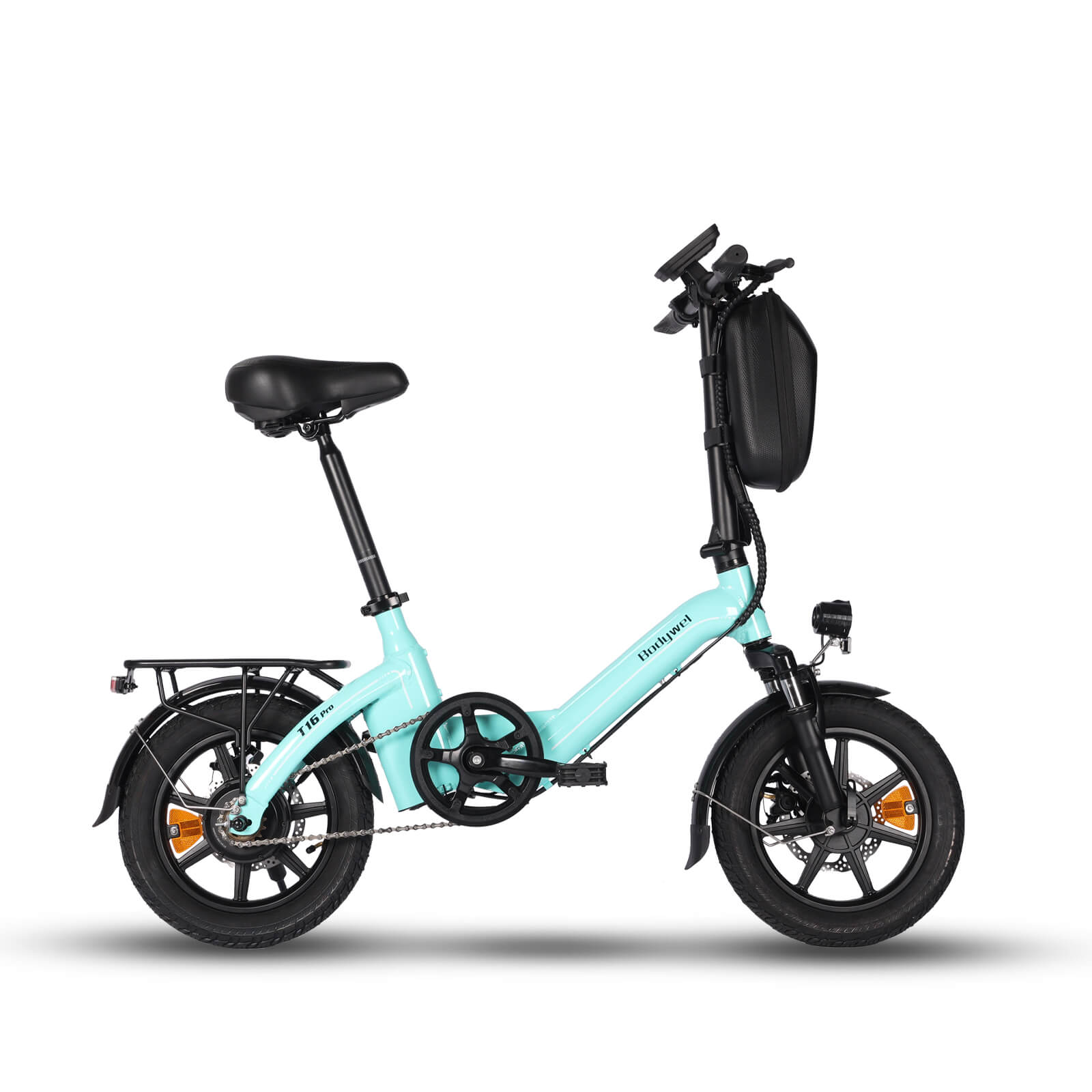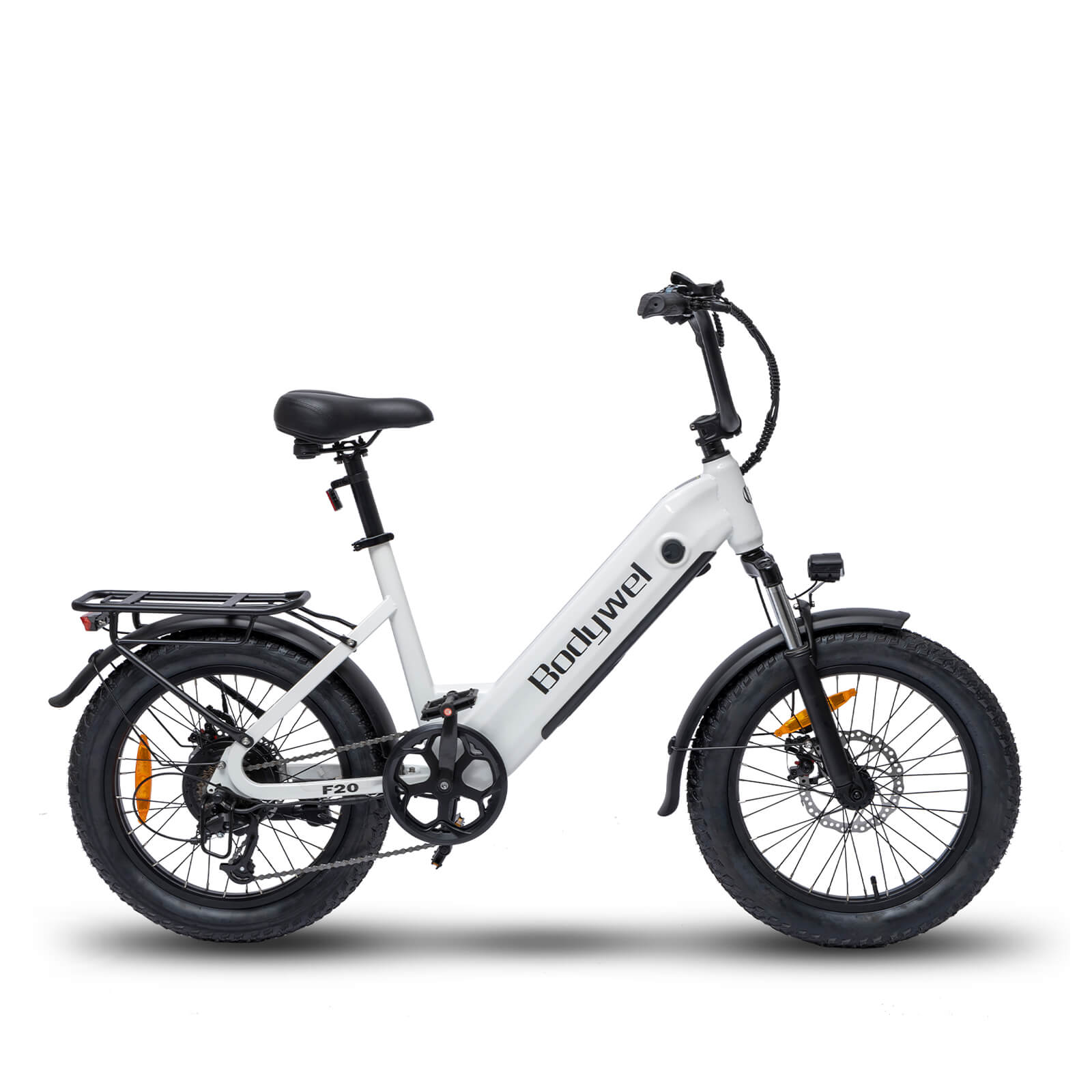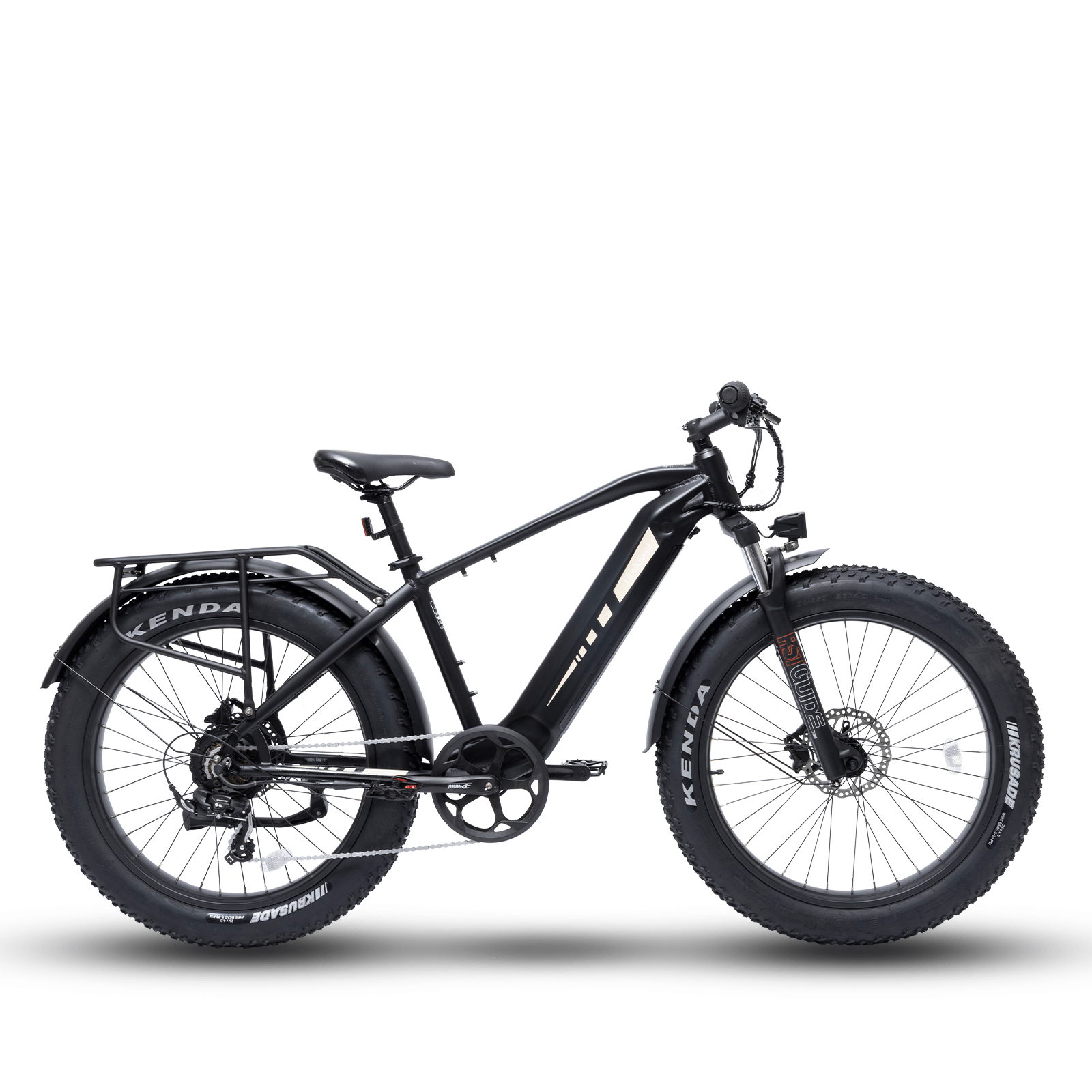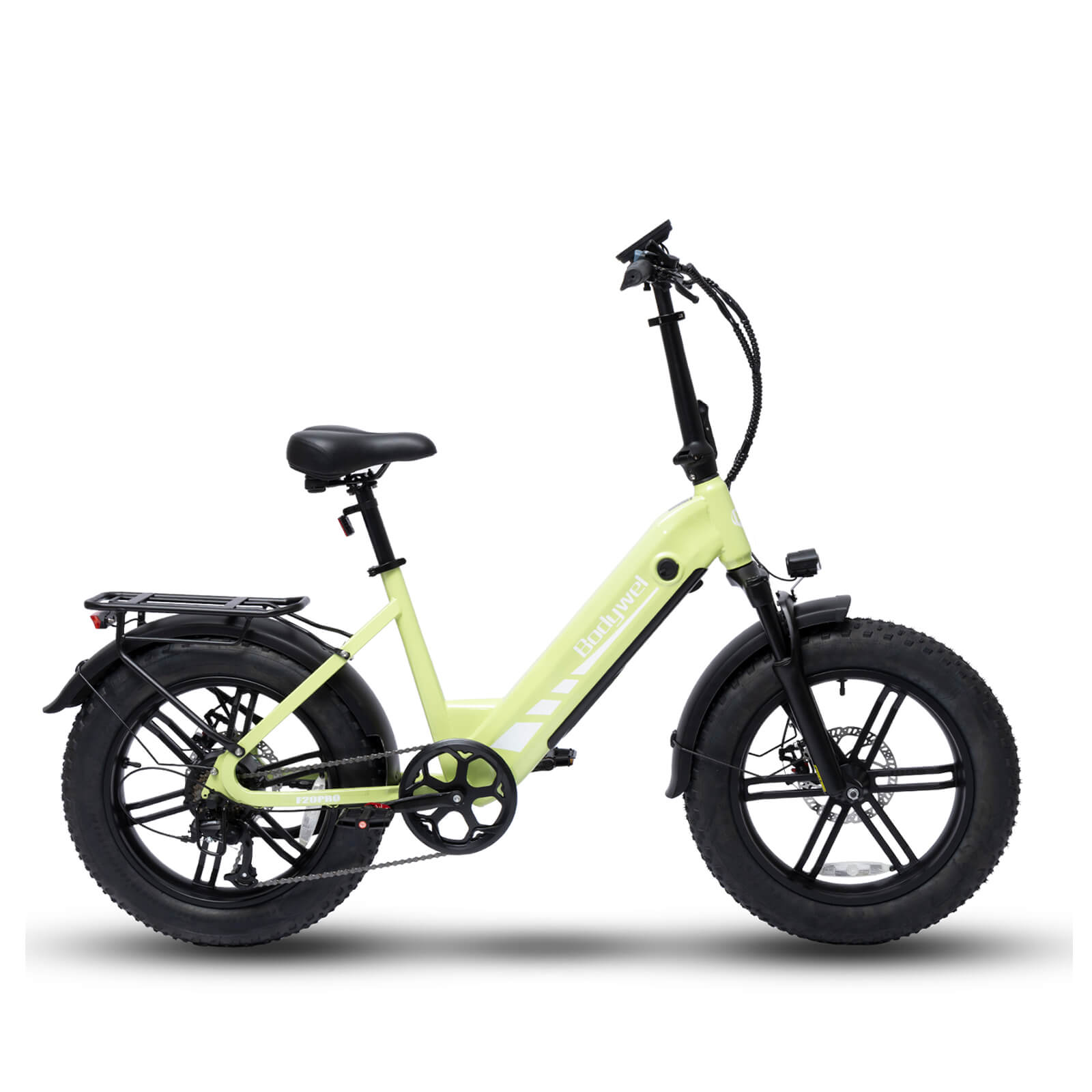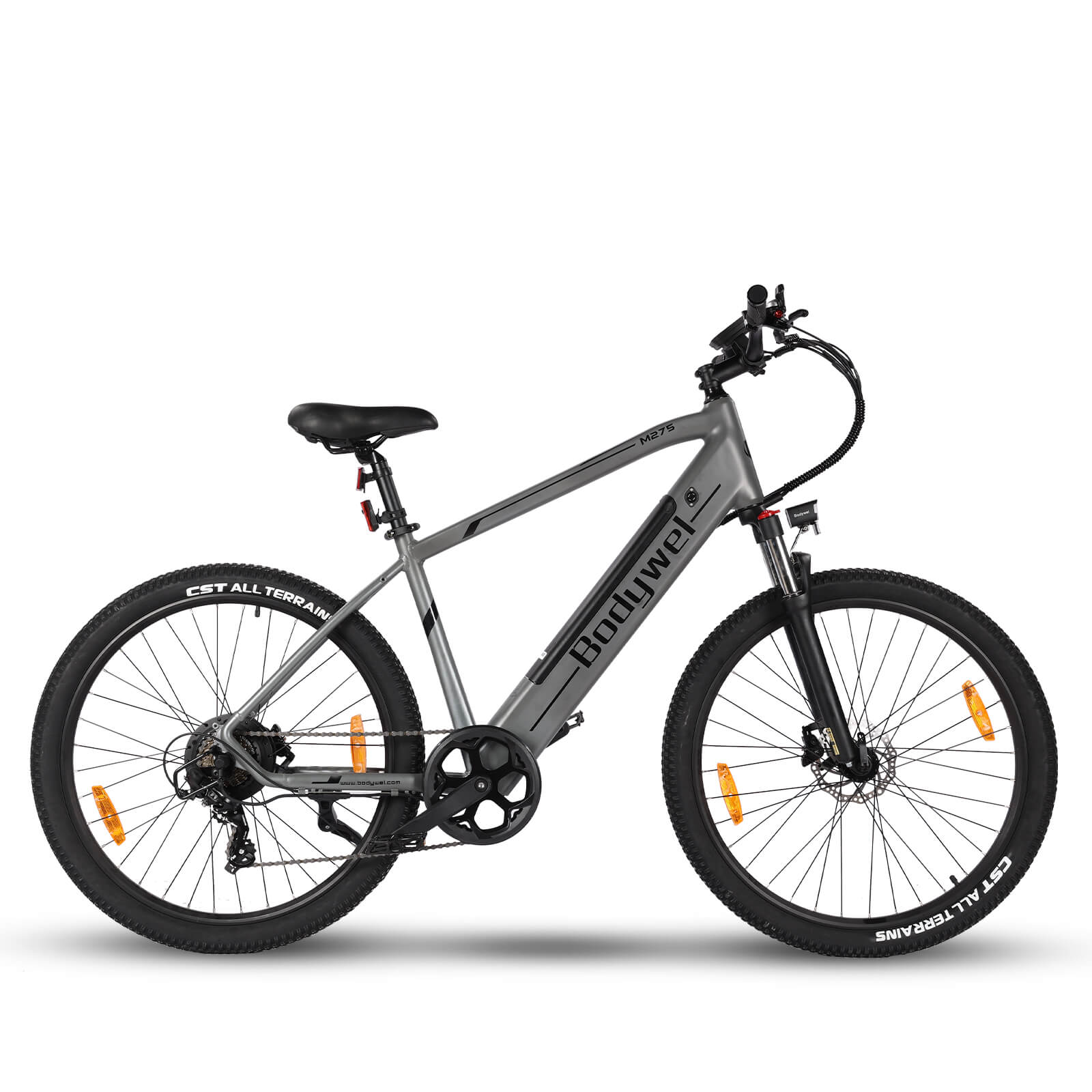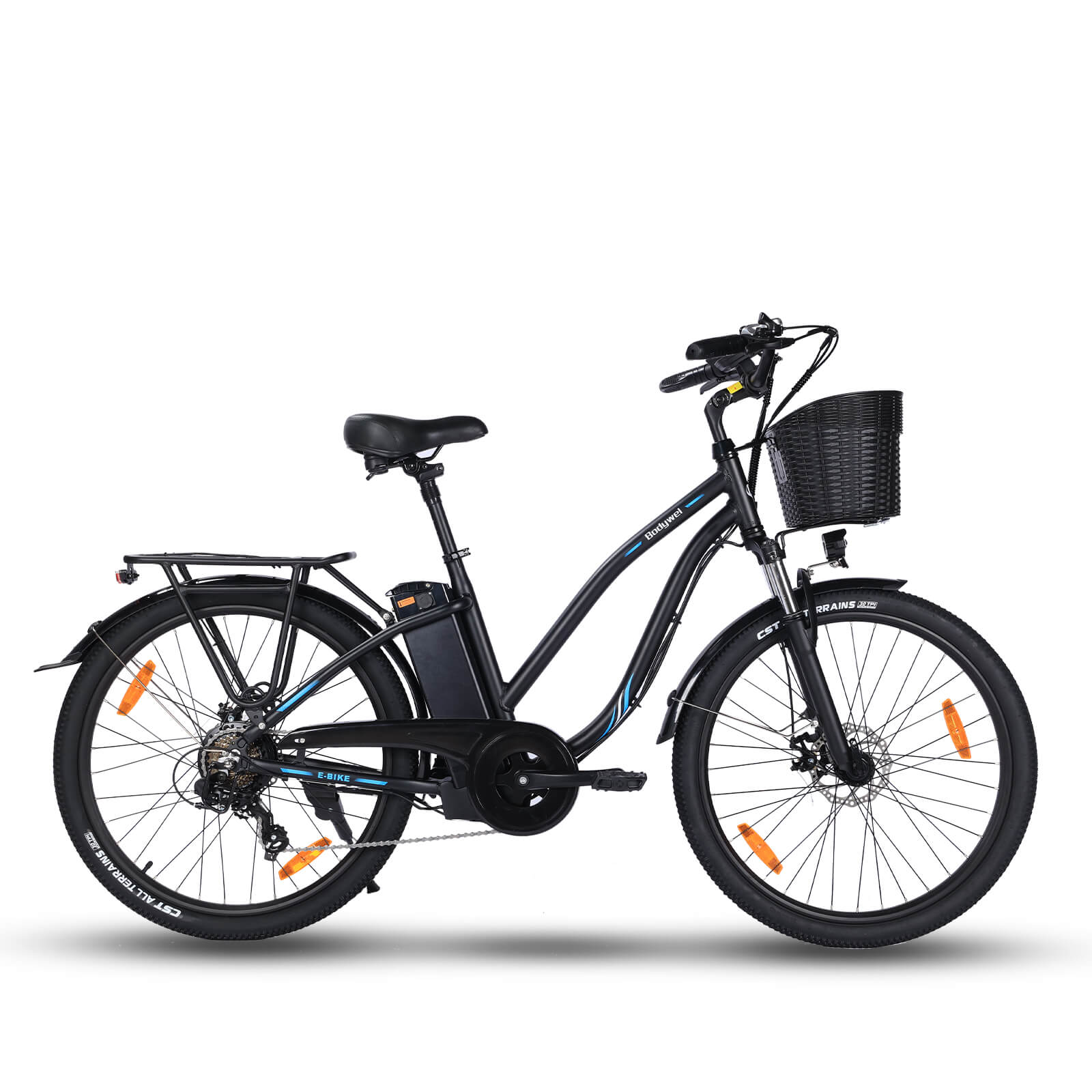5 Essential Features to Look for in a Road E Bike

Selecting the right road e-bike requires careful consideration of key features that enhance performance, comfort, and durability. This guide highlights five essential aspects to evaluate, ensuring your investment aligns with both urban commuting and outdoor cycling needs.
Motor Performance and Power
The motor is the heart of any electric road bike, dictating speed, torque, and climbing capability. Mid-drive motors are often preferred for their balanced weight distribution and natural riding feel, while hub motors offer simplicity and affordability. For road e-bikes, a motor with 250W to 500W provides an optimal balance of power and efficiency for varied terrain.
0 comments




